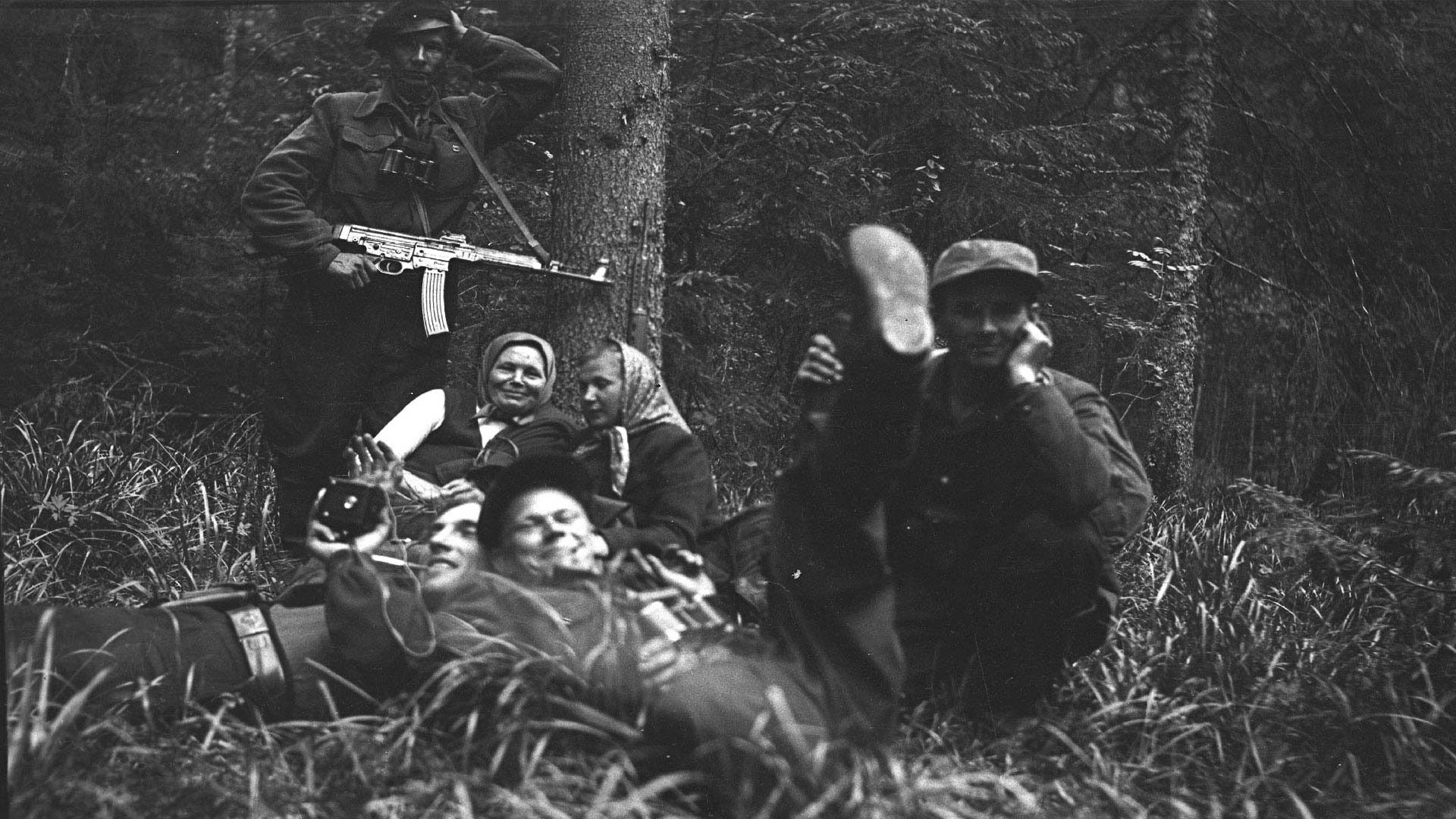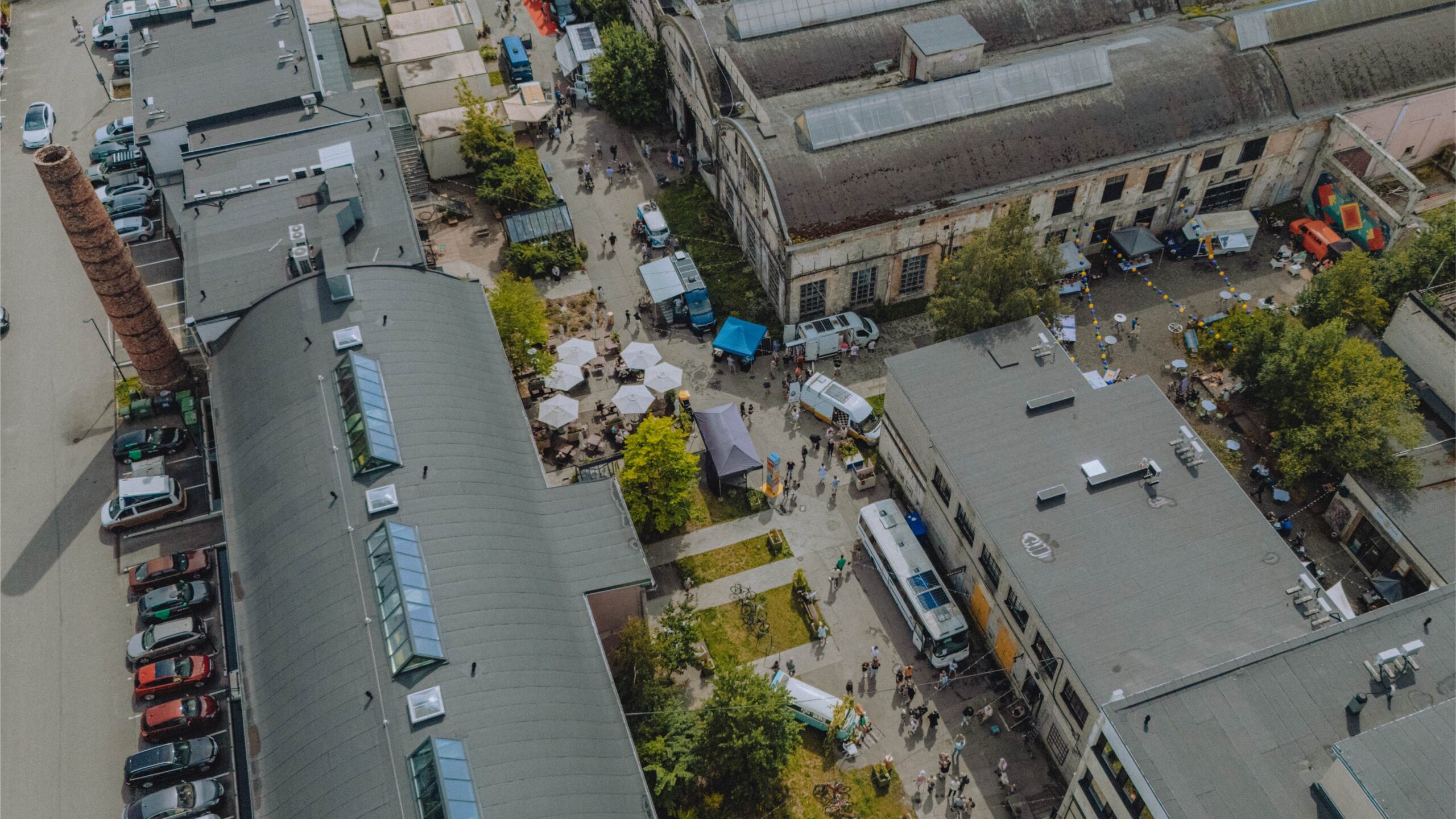Eesti Elu, in issue #13 from this year, featured a detailed article about the aristocratic and glorious history of Narva-Jõesuu starting from the last decades of the 19th century up until the First World War (1914). Narva-Jõesuu was a favourite summer playground (think elegant live-music dance halls, tennis clubs, and bathing trolleys that horses pulled into the sea) of the Baltic-Germans as well as of the Russian aristocrats who lived in St. Petersburg.

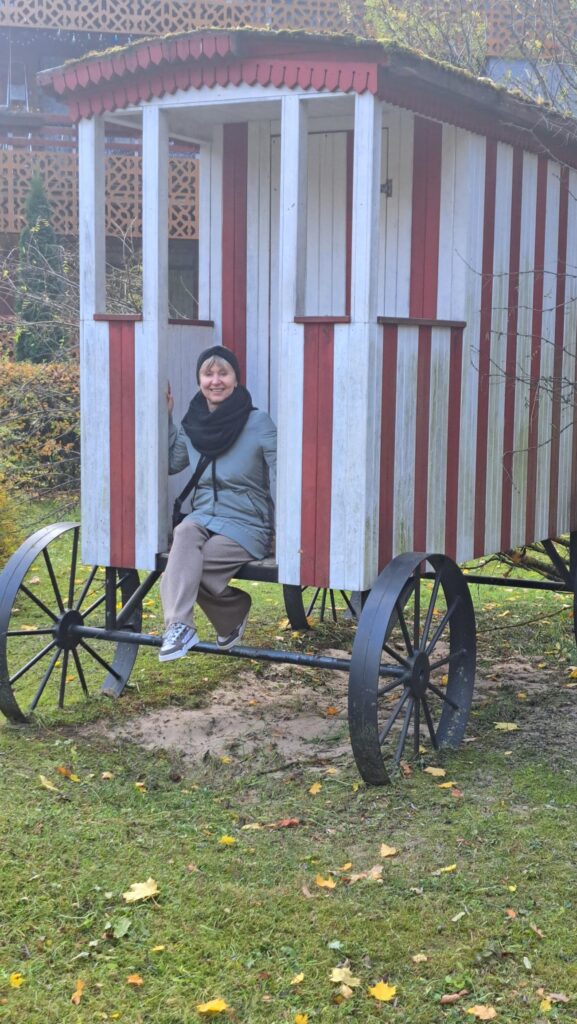
The good times continued when Estonia achieved its independence, and especially in the last half of the 1930s, when it was the playground of cultured and wealthy Estonians.
If one has been to Pärnu in the last ten or fifteen years, one understands the mystique of Estonian summer resort towns of the 1920s and 1930s and the beauty of the summer beach season in Pärnu today. Beautiful spas, a long, clean, sandy beach, great restaurants and bars, and an active nightlife.
Narva-Jõesuu was famous for its wooden laced or carved houses—but today, only a few are left, and in general, they are boarded up. The other ones have burnt down.
The problem arises if one arrives in Narva-Jõesuu with the same expectations as visiting Pärnu or a western resort town. In neighbouring Latvia, the equivalent resort town would be Jūrmala. In Lithuania, it would be Palanga, with its even longer sandy beach. It is true that in Narva-Jõesuu, one will find a long (9.5 km), clean and sandy beach. The parks just off of the coast are well kept. But all this has only come about during the last ten years.
I last visited Narva-Jõesuu for four days in October 2024. Huge Soviet era sanatoriums sit emptily on abandoned land. They are very clear eyesores. Narva-Jõesuu was famous for its wooden laced or carved houses—but today, only a few are left, and in general, they are boarded up. The other ones have burnt down.
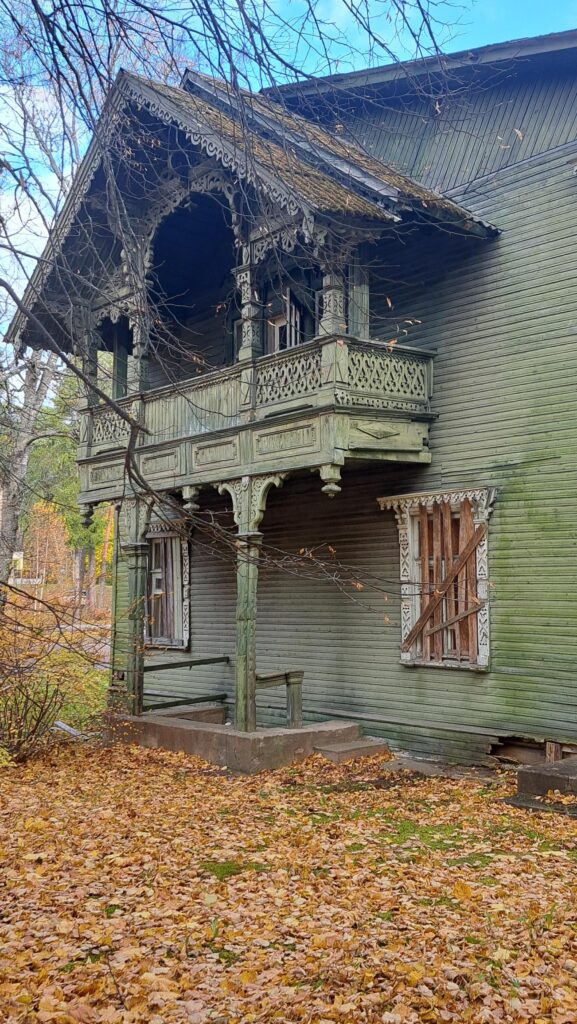
When you visit the renovated or new spas, you might have trouble making dinner reservations. Hotel reservation desks do not make dinner reservations and the restaurants do not answer the phone. If one then makes a dinner reservation online, when one arrives for dinner, there is no record of such a reservation.
That said, the food was good, the wine selection wide ranging, and everything was much better priced than Tallinn. Ten years ago, appetizers and main courses were served together, but today, that problem has been solved.
The beach is even kept in good shape. In October 2024, large signs were there, telling swimmers to not take a wrong turn and accidently end up in Russia.
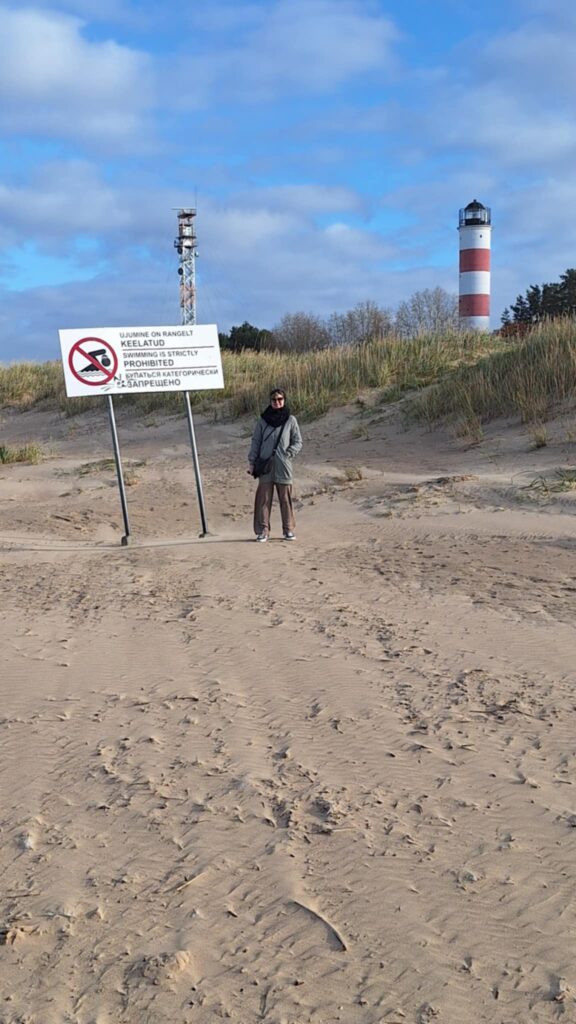
I found my visit to the Narva-Jõesuu Local History Museum interesting, but one is stepping into a museum that does not appear to have been renovated for more than thirty years.
For me, Narva-Jõesuu has the feeling of visiting Tallinn, or Estonia in general, during the first half of the 1990s.
Narva-Jõesuu was chosen to support the Estonians in Narva and the region. To support multilingual and multicultural Estonia and to understand the complex history of the region.
All that being said, I wholeheartedly agree with ESTO and its chairperson Sirle Sööt’s decision to have ESTO pass through Narva-Jõesuu on June 30th and make a two day stop in Narva from June 28th to June 30th, 2025. As Sööt said in her March 13th, 2025 interview in Eesti Elu, Narva-Jõesuu was chosen to support the Estonians in Narva and the region. To support multilingual and multicultural Estonia and to understand the complex history of the region. This increased attention towards Narva-Jõesuu has helped it find a friendship city in Sweden (Karlskrona, Sweden’s baroque city by the sea, with a long naval legacy).
On June 30th, a “Business Forum on Wheels” will also be held in Narva-Jõesuu, within the framework of ESTO.
Come and participate in the transition taking place in Narva-Jõesuu. Manage your expectations and think of it as your contribution to rebuilding the eastern part of Estonia.

